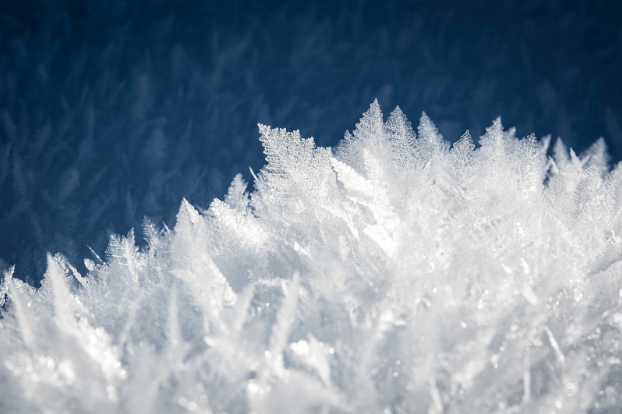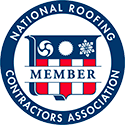Houses are built to withstand exposure to a range of environmental elements, depending on whether they are built. Homes built near fault lines are typically reinforced to resist earthquakes. Homes built on the coast are built to resist hurricane-force winds. And home built in northern climates are built to resist the damaging effects of snow and ice. Although it may seem benign (aside from the occasional falling icicle), ice actually poses a serious threat to the integrity of your home — especially the roof over your head.
Ice Dams
Ice dams form on the roof when snow freezes together during prolonged periods of freezing temperatures. Although the ice dams may look beautiful during the winter months, they can cause the roofing materials to become damaged, or fall off the roof deck, putting anyone below in danger of injury. You can prevent ice dams from forming by insulating your attic and using a special fan that circulates air in the vicinity to reinforce the effect.
You can also use an ice rake to remove snow that settles on top of the roof to prevent it from piling up and freezing. Remove the snow that is closest to the edge of the roof and work your way up, but be careful not to accidentally remove shingles. Heated cables can also be used on the roof to melt snow and ice off of your home and redirect it to the ground.
Frozen Pipes
Frozen pipes can cause a significant amount of damage to the home if they burst, often costing thousands to repair. A suggestion from Spark Garage Doors is to keep your garage door closed and set up fans to blow warm air into colder rooms of the building, works to prevent your pipes from freezing. Heating the more vulnerable pipes that are located in the basement or crawl spaces with a space heater can also help prevent them from freezing. Many people rely on electric heat cables to offer protection when the temperature drops, which prevents energy from being used when it’s not needed.
Roof Cave-Ins
When too much snow and/or ice accumulates on a roof, it may actually cave in. Houses built in colder climates are built to resist this occurrence, but it is still a concern — especially for structures with flat, rather than slanted, roofs. Certain architectural styles of home may require professional snow removal in cases of severe snowfall.
Cracked Concrete
Concrete and asphalt naturally develop tiny holes and cracks as they age and are exposed to elements like rain, hail, and friction. When water seeps into these holes and then freezes, the freezing process causes it to expand, widening existing holes and cracks. Eventually this can destroy your driveway or sidewalk. Professional snow removal services can help you prevent or slow ice-related damage by removing snow and ice daily or whenever there has been snowfall or freezing rain.
Ice may seem harmless in concept, but the truth is that it destroy your home if you’re not careful. If your roof has suffered winter damage, contact Slate & Slate Roofing for expert repair for a fair price.







